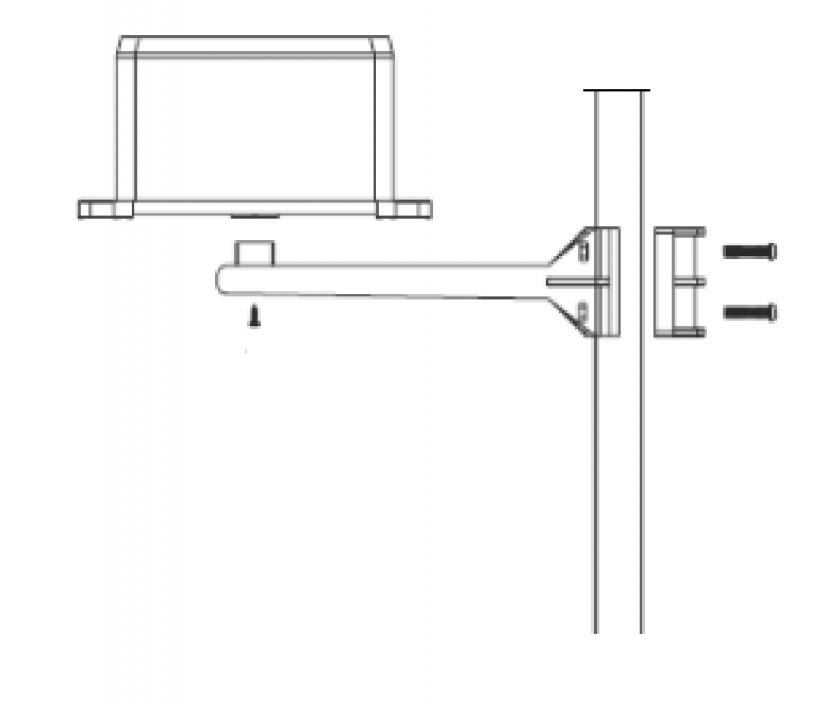Liquid precipitation can be measured by a simple sensing device - the rain gauge with a tipping bucket, whose tilting generates the pulses picked up by the control system. One pulse corresponds to a particular amount of rainfall, depending on the type of rain gauge.
Rain gauges with heating can be used in order to measure both liquid and solid precipitation (such as snow), and to achieve reliable operation in winter; they dissolve the solid precipitation, e.g. the rain gauges produced by Fiedler-Mágr, or the MR2 and MR2H gauges.
The measuring principle
Measurement of the amount of precipitation works on the principle of counting pulses from the tipping bucket, which is located under the outlet of the rain collector. Rain or melted snow always flows into the top of the bucket. When filled with a pre-defined quantity, the bucket tips, the water flows out and under the discharge the second half of the shuttle appears, into which the water flows again. Flipping switches a contact and it sends out a pulse, which is further evaluated. The whole cycle is repeated over and over again.
Installing a rain gauge
The rain gauge should be placed in a horizontal position in an open area, where the precipitation would not be affected by nearby objects. A standard placement of the rain gauge is 1m above the ground.
Due to the risk of the rain gauge being blocked by e.g. falling leaves, or internal physical contamination can occur (e.g. spider webs), it is recommended to position the gauge so that it can be checked, and if necessary also cleaned; therefore it is not practical to fix it to a mast on put it on the roof.
Connecting the rain gauge T116 to the Foxtrot system
The T116 rain gauge supplied by default, as well as the other gauges listed here, and also other rain gauges with a similar design, should be connected in the same way. It can be connected to any counter input of the system (i.e. the C-AM-0600 and IB-1301 inputs), or to standard digital inputs; however, in this case the minimum pulse width of the sensor must be verified, to avoid losing a pulse (e.g. the Fiedler-Mágr precipitation gauges as well as the T116 have the pulse width only 50ms). Then it is recommended for the sake of reliability to use the system counter inputs, or the inputs capable of capturing short pulses.
The T116 rain gauge is supplied by default as a part of the set, which also includes the T114 anemometer and the T116 wind direction indicator.

It can be fixed either to a vertical pipe with a diameter of about 20 mm (see the Fig. 1), or it can be screwed to the centre of the bottom, or the handles on both sides of the bottom part can be mounted to any other suitable structure.
Care must be taken to ensure free water flow through the grilles on the underside of the housing.
Bearing in mind the falling debris and the occasional undesirable inhabitants inside the rain gauge (a spider), it is practical to position the rain gauge so that it can be easily inspected and cleaned.
Basic parameters of the T116 rain gauge
|
The amount of precipitation necessary for the bucket to flip. |
0.3 mm |
|
Output |
switching contact |
|
Operating voltage |
maximum 24 V |
|
The pulse length |
minimum 50 ms |
|
Dimensions |
150 x 80 x 60 mm |
 English
English